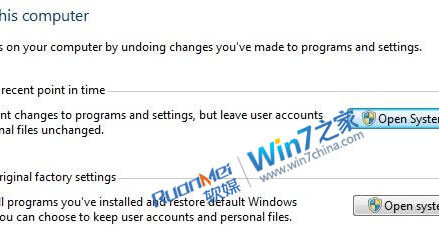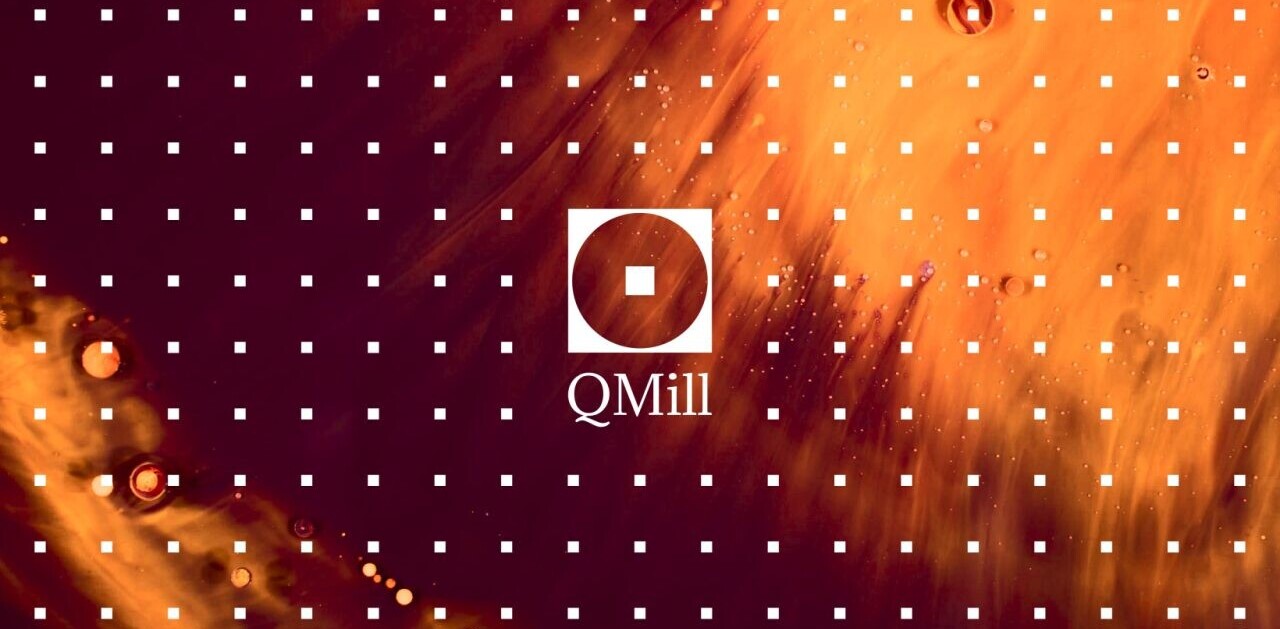
Pablos Holman is a well known hacker, inventor and entrepreneur, but he is much more than just that!
Pablos will be speaking at TNW2011 next week but I did a short interview with him about lasers, spaceships and printable food to get an idea of what we can expect from his talk:
Boris: You are a hacker, entrepreneur, researcher, space ship builder and professional mosquito assassin. Am I correct?
Pablos: Guilty on all counts.
Boris: Tell me about the assassin part…
Pablos: Bill Gates asked us to work on inventions to help eradicate Malaria. Basically, we take somebody with a problem like that, put them in a room with a nuclear physicist, a laser expert, a computer hacker and a chemist. Collectively, we know about the cutting edge in every area of science & technology so we can cross-pollinate that knowledge to come up with new invetions, for whatever your problem is. In this case, we came up with lasers for mosquitoes which sounded ridiculous, even to us. But now we’ve actually built this system, and it works.
Boris: It sounds awesome and gets you massive geek credit. But aren’t nets easier and cheaper?
Pablos: They’re a big help, but they’re often used ineffectively. To get rid of malaria entirely, we’re going to need a variety of tools. So we’re inventing some more tools. The “Photonic Fence” is a way to put a perimeter defense around a clinic, or a village, and just kill all the mosquitoes before they get to the humans.
On Spaceships
Boris: Yeah, as I said: awesome. Anything involving lasers is cool (watch the video here, it is amazing stuff!). I’ll also bet that the line ‘I used to build spaceships’ goes over well as a pickup line?
Pablos: Oh yeah, if you are trying to pick up space cadets anyway. I worked for Jeff Bezos, trying to research crazy alternatives to rockets for getting into space. There are some great ideas out there, but none of them has had as much development as rockets. It is a lot easier to build rockets, because of the billions NASA has spent on them in the past. We can learn so much from that work.
Boris: Space elevators? Anything crazier than that?
Pablos: Space elevators have some potential, mainly from the notion of “beaming” power from the ground. If you did that, you wouldn’t be hauling all your fuel up into space with you!
Boris: Right, laser powered space sails…
Pablos: Neal Stephenson worked with me on that, and has written about it recently for Slate. He does a better job than I can of describing why rockets are entrenched. We also worked on some even crazier ideas. One of them was to build a gargantuan whip, and attach the payload to the tip. Use that to fling a payload into space. And crazy as it sounds, if NASA spent billions of dollars over decades on that, they could probably make it work!
On Hacking
Boris: What is the purpose of hacking and why does it matter to an entrepreneur?
Pablos: I’m probably known most for being a hacker. For years I’ve been doing demos of things hackers can do, live on stage. I’ll do some of it at The Next Web Conference! Hacking is fundamental to invention. To do anything new, we have to discover what is possible. Hackers are great for that, because they don’t read the directions. Hackers don’t mind voiding the warranty the first day they get their hands on something. So they are constantly figuring out what can be done with new technology. Being a hacker is kind of like being a scientist, but without all the formal training and accountability.
Boris: Are you saying all entrepreneurs are hackers?
Pablos: That might be generalizing an already overloaded term a bit too much. But ideally, the hacker spirit is there in entrepreneurs.
On the future
 Boris: The glasses you wear, are those see-through glasses?
Boris: The glasses you wear, are those see-through glasses?
Pablos: Totally.
Boris: I figured that much. They look like they contain microprocessors. So what can we expect from the next 10 years? Flying cars, finally? And what about online?
Pablos: 10 years is longer than it sounds. Commercial internet access is still under 20 years. But for the immediate future, we’re going to see a phenomenal growth curve in connecting “things” to the net. Literally everything is going to get networked.
Boris: What kind of things? And don’t say ‘refrigerators’!
Pablos: Refrigerators…
Boris: That’s it, I’m cancelling your keynote.
Pablos: …also, your vacuum, toaster, shoes, zippers, glasses and the cork in your wine bottle. I’m working on a whole set of inventions now to network food production. Adapting 3D printers to print food.
Boris: I like that. But I don’t see my refrigerator tweeting to my vacuum cleaner just yet.
Pablos: The point of all this is that we have all kinds of things going on in our lives that we don’t collect data on now. Once we can do that, we can begin to correlate what is going on in your life. Well, we want your refrigerator to tell us what you eat so that we can correlate that to health effects. Right now, there is no data record of anything you’ve ever eaten.
On Printable Food
Boris: But seriously, that sounds boring. And it sounded boring in 2003 when we first heard it. When my pizza is connected, then it gets interesting. I would love to see a tweet from the pizza I just ate: “you stomach looks awful.”
Pablos: Exactly, that’s why we need computers to print your meals. Then we know exactly what goes into you. The way we prepare meals now is neanderthal by comparison.
Boris: The quantified self?
Pablos: Well, a quantified self is a good start, but it gets a lot more interesting when you do it at scale. We want to quantify 1000 other people who are just like you so we can tell you that the way you just changed your diet is going to play out. We can reverse engineer control groups of people who were all born on the same day as you, who’ve smoked the same number of cigarettes, eaten the same number of Big Macs, and we can ‘notice’ when you start drinking cappuccinos every day. We can tell you in advance what happened to those people. All of this is no fun if you have to fill out a questionaire every day, or have a registered nurse administer meals.
Boris: Right, tracking should be automated.
Pablos: Exactly. If we can make it ambient & passive, then it gets a lot more practical. Also, the key is to be able to correlate data from the sensors you have (in your fridge & vacuum) to data from all the other sensors in the world, like air quality sensors around the city where you live, being cross pollinated with your GPS breadcrumb trail on your phone.
Boris: Hey! The iPhone already does that!
Pablos: Exactly, iPhones have sensors in there because they are cheap, not because we needed them. Accelerometers are some of the first MEMS sensors, they’re so cheap we can’t afford not to put them in phones. But 10 years ago, it would have cost $10K to buy an accelerometer. The point is that the MEMS and nanotech capabilities we have now to produce these kinds of sensors are advanced and cheap. Network interfaces are small & cheap, we’re going to put this stuff in everything.
Also check out the speaker announcement post, our conference site and my other interviews with Dave Winer, Steve Rubel, Alexander Bard and Mark Randall.

Get the TNW newsletter
Get the most important tech news in your inbox each week.




